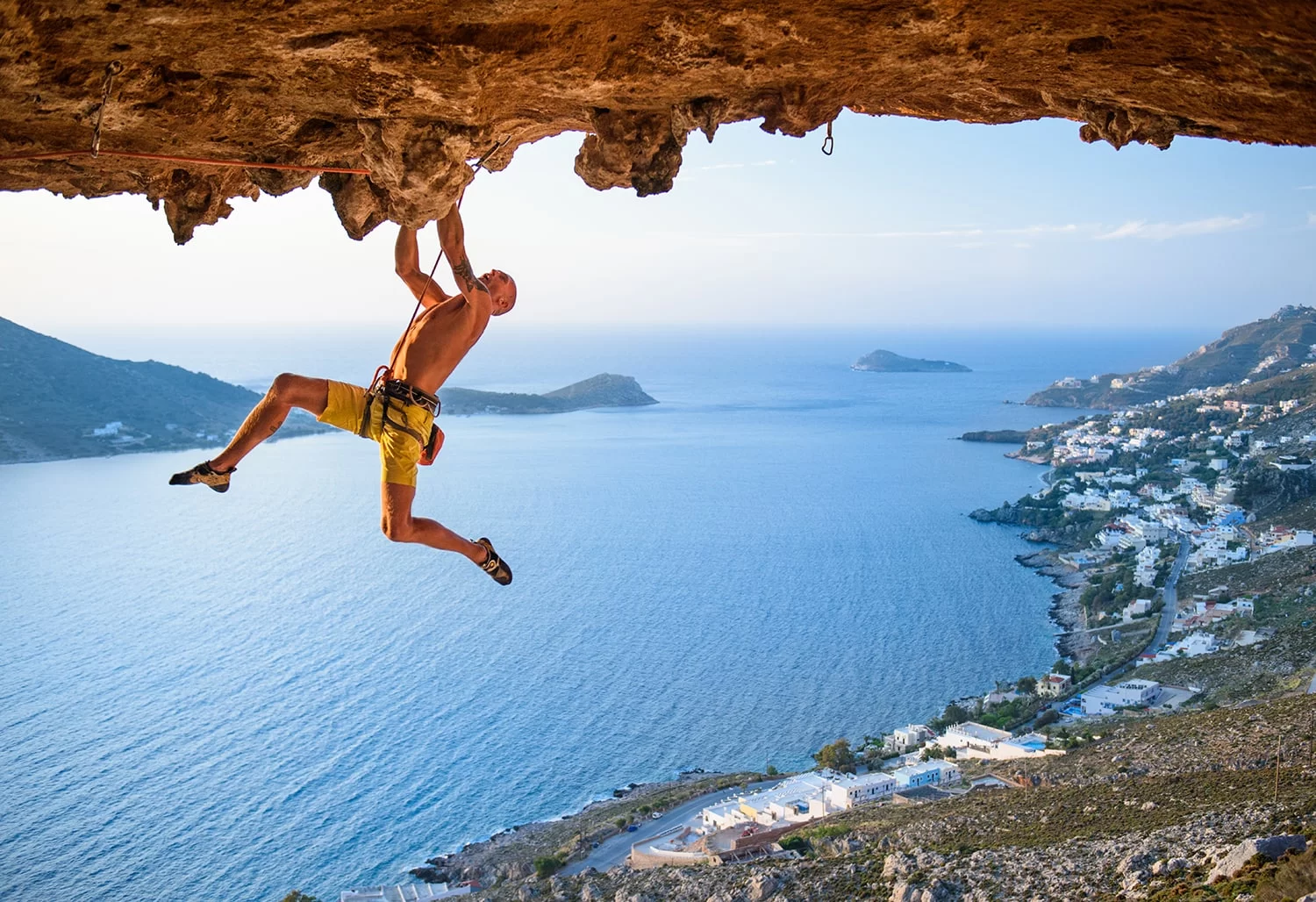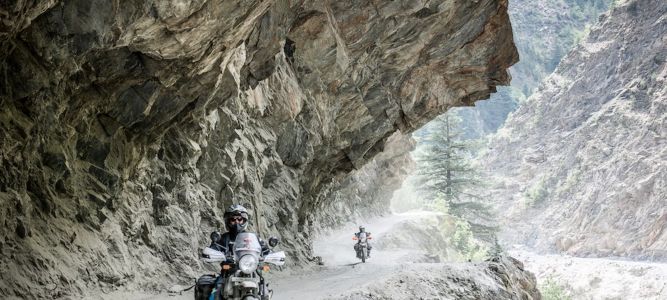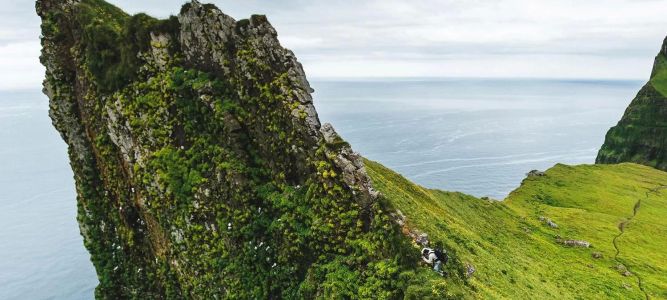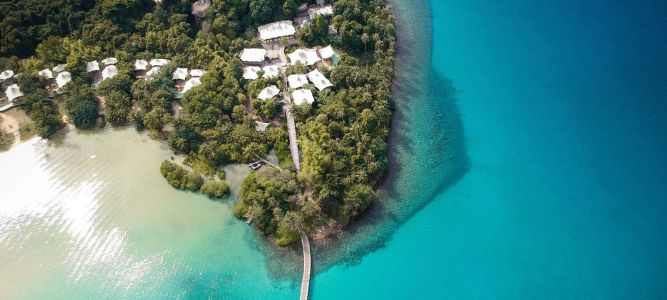Best Places for a Rock Climbing Adventure in Europe: Top Destinations for Thrill-Seekers
- Why Europe is a Top Destination for Climbers
- Top Rock Climbing Destinations in Europe
- Unique Climbing Experiences in Europe
- Personal Climbing Stories: Real Adventures
- Planning Your Rock Climbing Trip to Europe
- Long-Term Benefits of Rock Climbing Adventures
- Conclusion
1. Why Europe is a Top Destination for Climbers
Europe is home to some of the most iconic rock climbing spots in the world, offering a variety of terrains and challenges for all levels. From towering limestone cliffs in the Mediterranean to rugged mountain peaks in the Alps, Europe’s diverse geography makes it a dream destination for rock climbing enthusiasts. The continent’s rich history of climbing, coupled with stunning landscapes, creates an unparalleled climbing experience. Whether you're a seasoned pro or a beginner, Europe offers something for everyone.
2. Top Rock Climbing Destinations in Europe
Europe boasts a wide range of climbing destinations, each offering unique challenges and breathtaking views. Here are some of the best places for a rock climbing adventure in Europe:
2.1 Kalymnos, Greece
Kalymnos is often considered one of the best rock climbing spots in the world, known for its stunning limestone cliffs that rise from the Aegean Sea. This Greek island is home to hundreds of routes, from beginner to advanced levels. Climbers are treated to spectacular views, warm weather, and a friendly climbing community. Kalymnos is particularly famous for its sport climbing routes, making it an ideal spot for those looking to hone their skills on challenging climbs.
2.2 Chamonix, France
Located in the French Alps, Chamonix is a mecca for mountaineers and rock climbers alike. The area offers a diverse range of climbing, from alpine climbs to rock face challenges. The Mont Blanc massif is a particularly popular spot for climbers looking for a challenge. Whether you're scaling granite spires or tackling classic multi-pitch routes, Chamonix offers world-class climbing in one of the most beautiful alpine settings.
2.3 El Chorro, Spain
El Chorro, situated in southern Spain, is known for its dramatic cliffs and the stunning gorge that winds through the landscape. This destination is ideal for both sport climbers and trad climbers, with a variety of routes ranging in difficulty. The stunning natural beauty of the area, combined with its year-round climbing conditions, makes El Chorro a must-visit for anyone planning a rock climbing adventure in Europe.
2.4 The Dolomites, Italy
The Dolomites, located in northeastern Italy, are famous for their dramatic, jagged peaks and challenging rock faces. The region offers a mix of sport climbing, trad climbing, and multi-pitch routes, all set against a stunning backdrop of alpine meadows and towering limestone spires. The Dolomites also offer a unique cultural experience, with a rich blend of Italian and Austrian heritage, making it a perfect spot for climbers who appreciate both nature and history.
2.5 Costa Blanca, Spain
Costa Blanca, located on Spain’s southeastern coast, is a paradise for sport climbers. Known for its sunny weather and extensive limestone cliffs, this region offers over 3,000 climbing routes, making it one of the best climbing spots in Europe. The combination of easy access, great weather, and world-class climbing routes makes Costa Blanca an ideal choice for climbers looking for both adventure and relaxation.
3. Unique Climbing Experiences in Europe
While Europe offers many renowned climbing destinations, it also has unique experiences that set each location apart. Some destinations offer the chance to combine rock climbing with other outdoor adventures, while others immerse you in local culture and traditions. Here are a few memorable experiences you won’t want to miss:
3.1 Via Ferrata in the Dolomites
The Via Ferrata (Iron Road) routes in the Dolomites are a unique climbing experience, offering a combination of rock climbing and hiking. These routes are equipped with fixed ladders, cables, and bridges, making them accessible to climbers of all levels. Via Ferrata allows you to explore some of the most rugged and remote parts of the Dolomites, providing a safe and exhilarating experience with panoramic views.
3.2 Sunset Climbing in Kalymnos
One of the most memorable experiences on Kalymnos is climbing during sunset. As you scale the island's cliffs, you'll be treated to breathtaking views of the Aegean Sea bathed in golden light. The tranquil atmosphere and stunning natural beauty make this an unforgettable way to experience the island's climbing routes.
3.3 Multi-Pitch Climbing in Chamonix
Chamonix offers some of the most iconic multi-pitch routes in the world. The thrill of scaling long, exposed routes while surrounded by towering peaks is an experience like no other. Whether you're climbing Mont Blanc or tackling the Grandes Jorasses, Chamonix’s multi-pitch climbs are perfect for those seeking a challenge and a true alpine adventure.
4. Personal Climbing Stories: Real Adventures
Climbers often share their personal experiences, highlighting the challenges and triumphs of their adventures. Take Tom, who visited Kalymnos for the first time last year. He remembers the rush of climbing a 7b+ route on the island’s famous cliffs, with the sun setting behind him as he reached the top. "The sense of accomplishment I felt after completing that route was incredible," he says. "The views were so breathtaking, it made the climb feel even more rewarding." Stories like Tom's showcase the life-changing experiences that await at these top European climbing destinations.
5. Planning Your Rock Climbing Trip to Europe
Planning a climbing adventure in Europe requires a bit of preparation. Consider the following tips to make your trip smooth and enjoyable:
5.1 Best Time to Visit
The best time for rock climbing in Europe varies by region. For places like Chamonix and the Dolomites, summer is the peak season, offering the best weather for alpine climbing. For Mediterranean destinations like Kalymnos and El Chorro, spring and autumn are ideal, with mild temperatures and fewer crowds.
5.2 Choosing the Right Gear
Depending on your destination, the type of climbing gear you need may vary. For alpine climbs, you’ll need more technical gear like ropes, harnesses, and ice axes. For sport climbing in places like Costa Blanca, a standard set of climbing shoes, a harness, and quickdraws will suffice. Be sure to check the weather and terrain of your chosen destination to pack appropriately.
5.3 Local Climbing Guides
If you're new to a region or looking to explore more challenging routes, consider hiring a local climbing guide. Guides are experts in the area and can provide valuable insights into the best routes, as well as ensuring your safety during the climb.
6. Long-Term Benefits of Rock Climbing Adventures
Rock climbing is not only a thrilling activity but also offers long-term physical and mental benefits. Climbers improve their strength, flexibility, and endurance while also boosting their problem-solving skills and mental resilience. Plus, the sense of accomplishment after completing a challenging route is unparalleled, leaving climbers with a deep sense of pride and satisfaction.
7. Conclusion
Europe is home to some of the world’s best rock climbing destinations, offering something for every type of climber. Whether you're looking for towering cliffs, scenic alpine routes, or sunny Mediterranean climbs, there’s a perfect spot waiting for you. Ready to take on the adventure? Explore more about the best places for a rock climbing adventure in Europe and start planning your next climbing holiday!
Want to discover more climbing destinations or plan your next trip? Visit Travelers Odessa for more information and to book your next European climbing adventure!






